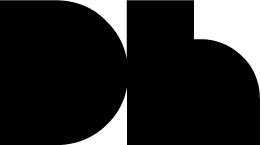How many social change agencies does it take to help you build stronger communities?
Well, one. But sometimes two is even better. A couple of recent projects highlighted the benefits for us — and our clients — when social change agencies work together to reach audiences.
We partnered with Cascadia Consulting Group, for example, to help the state Department of Commerce implement a grant program to reduce climate pollution. Together, we developed a community engagement plan tailored to meet the needs and preferences of diverse groups.
People reaching diverse people.
In social change marketing, the audience’s wants, needs, experiences and perspectives matter most. But every audience is different and diverse, and there’s no cookie-cutter approach to reaching people meaningfully to affect their behavior.
While we use frameworks and methods to help guide our work, it takes humans grounded in behavior change principles to apply those tools to reach other humans. That’s true whether we’re doing research, developing a strategy or creative, or activating community networks or media.
Bringing together different social change experts — with different lived experiences and areas of expertise — can be good for clients and audiences.
Different strengths, shared principles.
To our climate-grants partnership, Cascadia brought a wealth of environmental and technical experience, among other strengths. DH brought a wealth of experience working with community-based organizations to reach diverse audiences, among other strengths. Both teams are made of social change experts, steeped in behavior change principles.
Together, Cascadia and DH created a communications and engagement program so Tribes, local governments and other organizations can propose emissions-cutting projects.
They can learn about the grants in ways that matter to them. They can engage in the process in ways that work for them.
More brains, fewer gaps.
Every organization has gaps in understanding when it comes to reaching communities. That’s one reason social change marketing — with its emphasis on understanding audience members’ experiences — works well for governmental organizations working to reach historically marginalized or underrepresented communities.
By bringing more diverse partners into the conversation and work, we can reduce those gaps while aligning complementary strengths. And that’s one reason two social change agencies are sometimes better than one.
